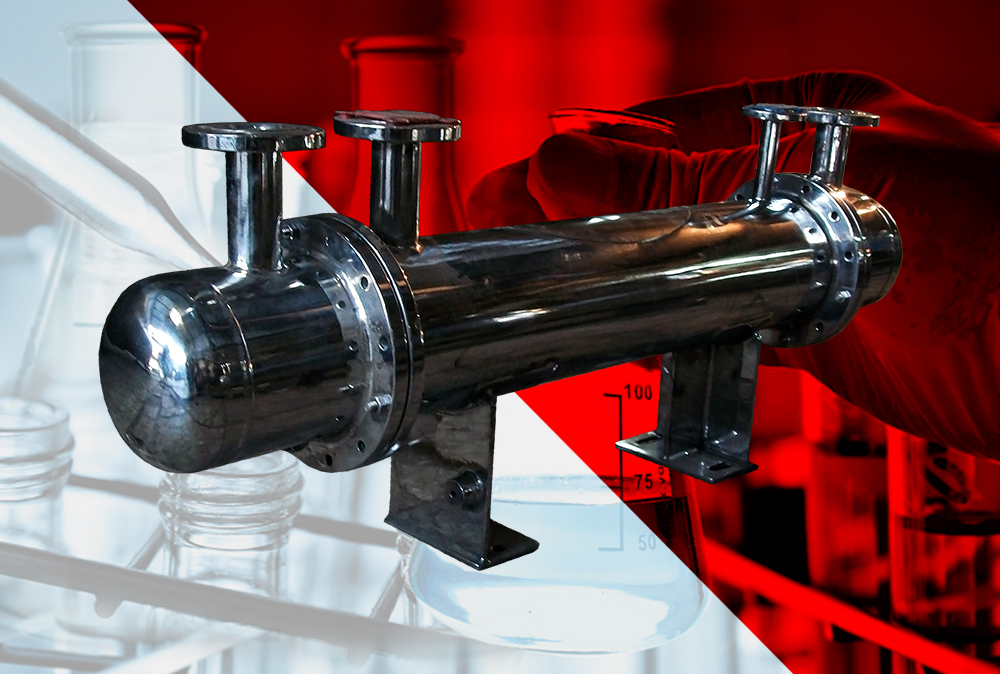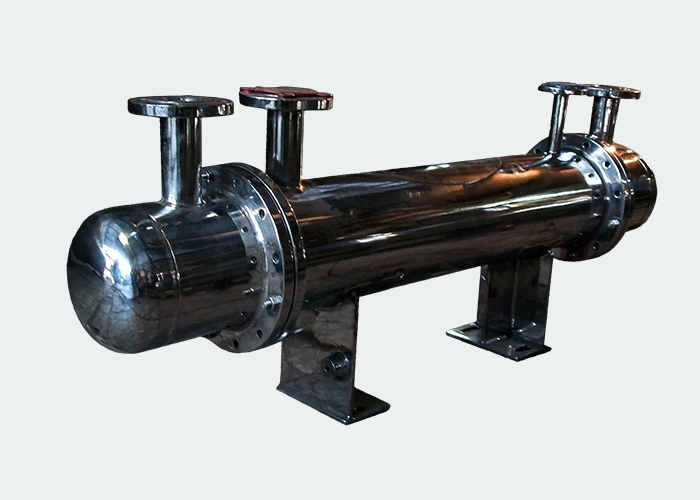SS316/MS Heat Exchanger
Thin stainless steel exchangers conduct heat faster than carbon steel materials, saving energy and requiring less oil to burn. Overall, the higher temperature tolerance and better corrosion resistance of stainless steel guarantees better product quality, reliability, and lifetime performance – reducing costs over time.
In fact, the biggest difference is not the heat transfer performance, corrosion resistance is good or bad, but is that copper tubes are less prone to fouling than stainless steel tubes, which many people might do not realize. To give a simple example, some commercial boilers are used without water treatment equipment, but using life is as long as 15 years. The reason is that although the water can foul scale in the copper wall, but it is only flocculent fouling, in this case, as long as we increase the flow of water, fouling scale can not precipitate down.
Second, is the heat transfer performance. The thermal conductivity of copper is higher than that of stainless steel, so the heat transfer coefficient of copper tube of the same shape is higher than that of stainless steel tube. So the evaporator in the evaporator with the heat transfer tubes are basically made of copper.
Third, the strength of stainless steel is higher than copper, so now we see the plate heat exchanger plate is stainless steel (of course, no other, such as titanium, graphite), but the original plate is copper of. Hence the price of copper is much higher than that of stainless steel.
Technical Importance
The heat exchanger operates in a very harsh environment and has to tolerate extreme thermal and mechanical stresses, the vagaries of system water quality and dissolved oxygen – not to mention the effects of corrosive condensate. Therefore, using a material specifically designed to withstand such an onslaught is vital; for this reason, stainless steel water tube type heat exchangers have become the preferred option for gas condensing boilers.
We have used them for years to ensure reliable operation with many of the latest designs also promoting turbulent flow within the waterways, helping to eliminate the static boundary layer and, in turn, reduce the tendency for micro-boiling. Having such features diminishes the risk of internal fouling, while also facilitating efficient heat exchange and quieter running. The grade of stainless steel used in a heat exchanger must also have a very high resistance to corrosion – not only internally, but also externally – to retain the integrity of the component throughout its operating life.




